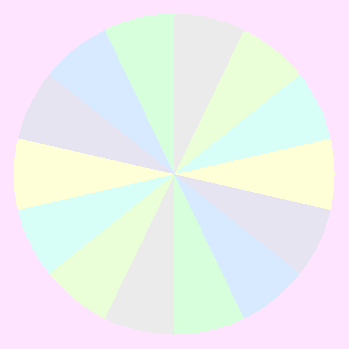



|

|
| genus c | 1, non-orientable |
| Schläfli formula c | {2,14} |
| V / F / E c | 1 / 7 / 7 |
| notes | 





|
| vertex, face multiplicity c | 14, 1 |
| 2, each with 7 edges 7, each with 2 edges 1, with 14 edges 7, each with 2 edges 2, each with 7 edges 7, each with 2 edges 1, with 14 edges 7, each with 2 edges 2, each with 7 edges 7, each with 2 edges 1, with 14 edges 7, each with 2 edges | |
| antipodal sets | 7 of ( f, e, h2, h3, h4, h5, h6, h7 ), 1 of ( 2p1, 2p3, 2p5 ) |
| rotational symmetry group | D28, with 28 elements |
| full symmetry group | D28, with 28 elements |
| its presentation c | < r, s, t | r2, s2, t2, (rs)4, (st)2, (rt)2 > |
| C&D number c | N1.n7 |
| The statistics marked c are from the published work of Professor Marston Conder. | |
Its dual is
Its Petrie dual is
It can be 2-fold covered to give
It can be rectified to give
It is its own 3-hole derivative.
It is its own 5-hole derivative.
It is the half shuriken of
It is a member of series α° .
List of regular maps in non-orientable genus 1.
Its skeleton is 7 . 1-cycle.
| Orientable | |
| Non-orientable |
The image on this page is copyright © 2010 N. Wedd